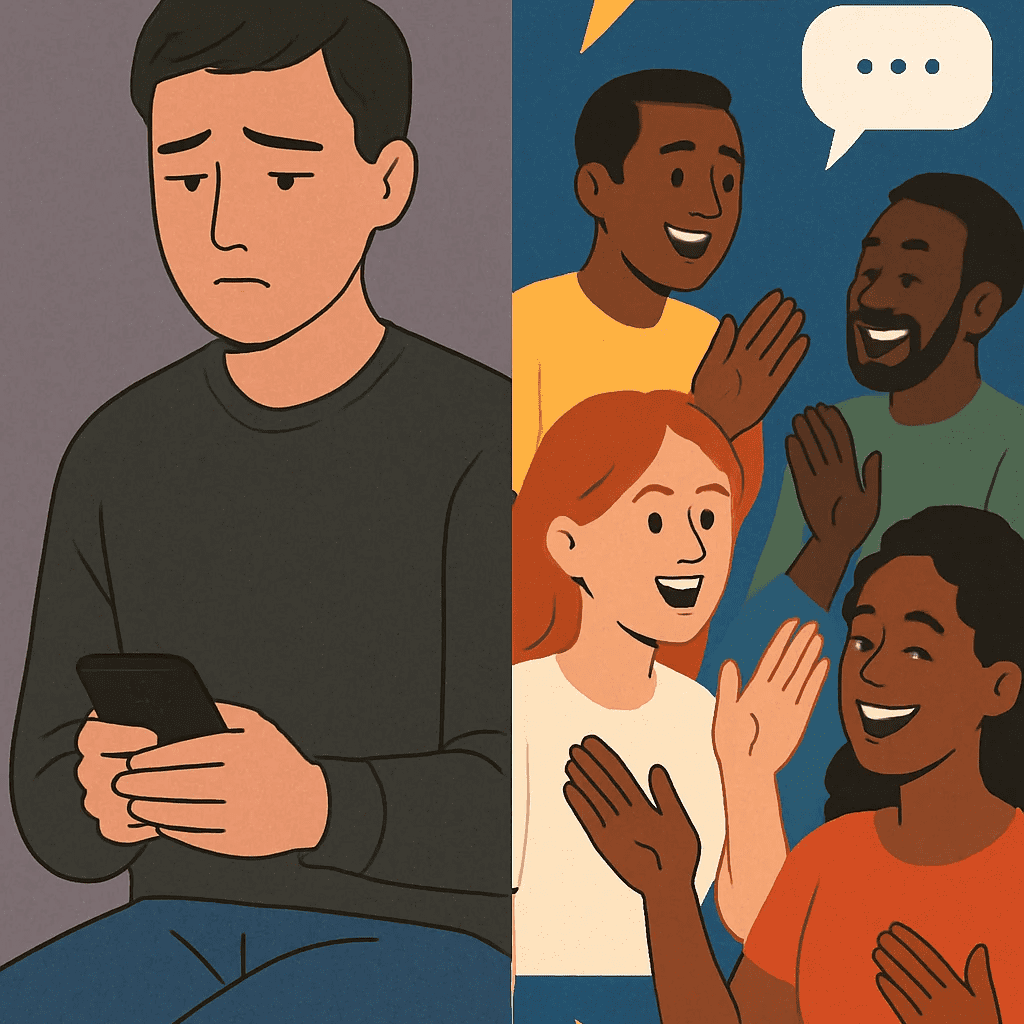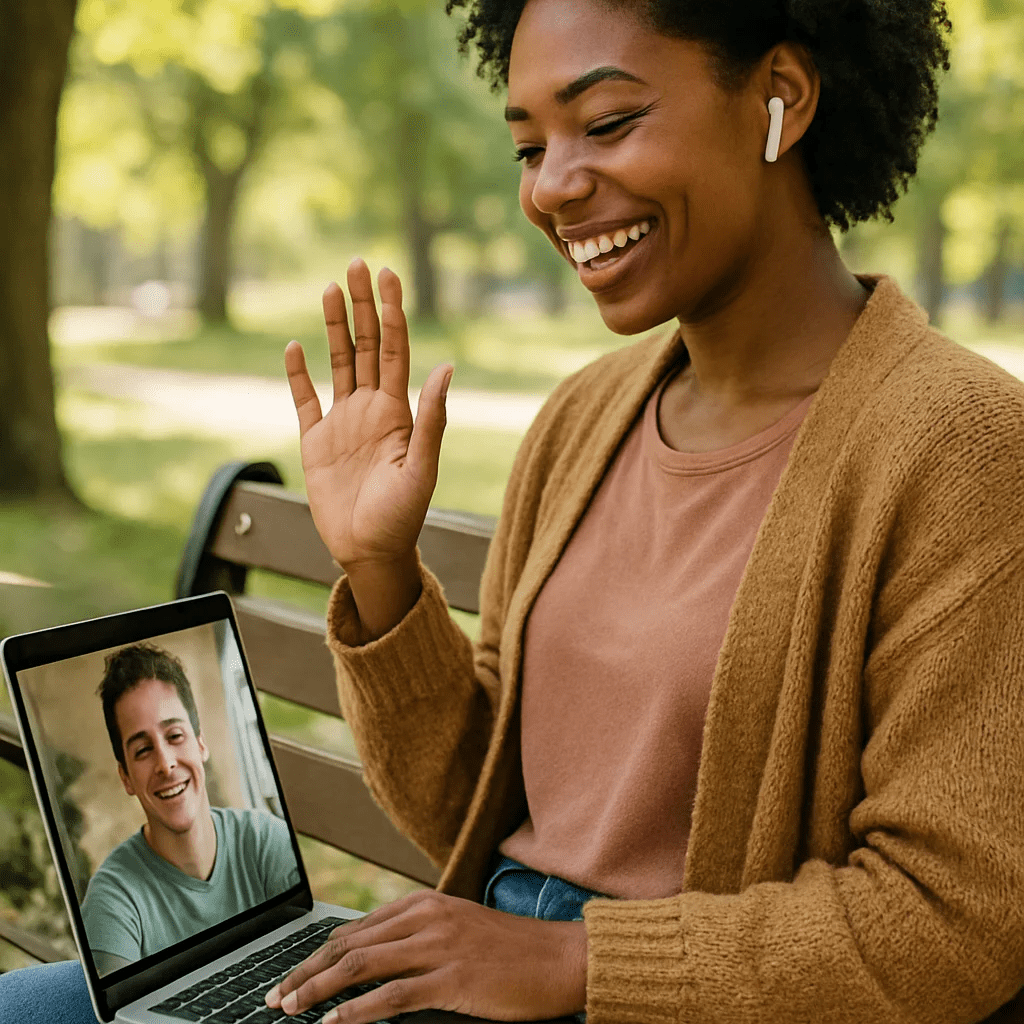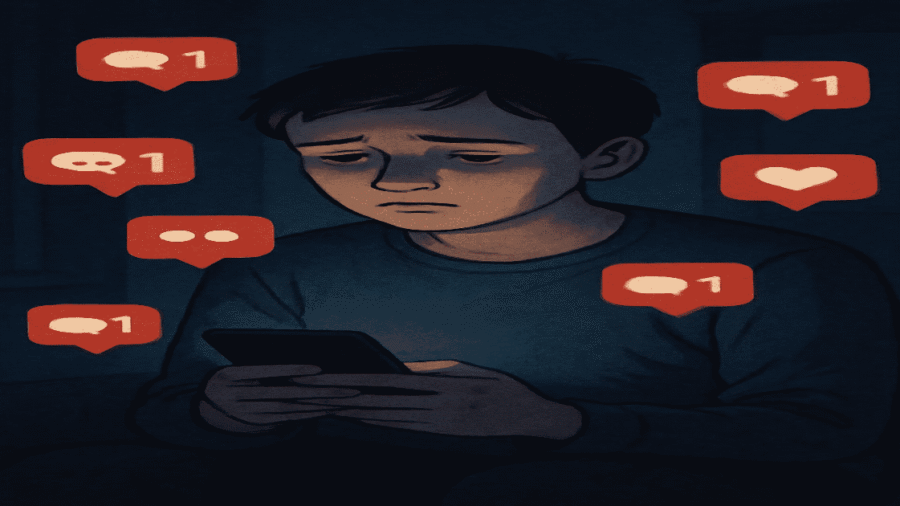Moat people are of the view that digitalisation in the 21st century world has made the world a global village hence everyone is hyper-connected. Yet research shows that loneliness among individuals is still on the rise. This paradox raises serious questions about why loneliness still remains an issue in an era when staying connected has never been simpler.
Let us consider the significant steps to take to actually work on this emerging feeling of isolation in the age of technology.
The Paradox of Connection: Why We Feel Lonely Despite Being Online
The contrast between an increased online connectivity and rising rates of loneliness is known as the loneliness paradox. Digital connections offer convenience, you can send a message in a second, scroll endlessly through feeds, or join countless online communities. But they fail to fulfill our need for real human interactions. So, while having thousands of followers on social media look nice, those digital followers cannot always help when it comes to our need for connection as they often deliver surface-level interaction that lacks emotional depth.
A growing body of research shows that many people still feel deeply lonely. A recent study conducted in 2023 by Bonsaksen, Ruffolo, Price, Leung, Thygesen, Lamph, Kabelenga and Geirdal revealed that the more time spent on social media was associated with higher levels of loneliness especially for individuals who used social media primarily to maintain relationships.
Remember: Being digitally connected does not always equate to being emotionally connected.
The Psychology of Loneliness in a Digital Age
Loneliness does mean being alone. Psychologists define it as a subjective feeling of isolation where one is being surrounded by others but still feeling disconnected.
According to Cacioppo and Hawkley (2009), loneliness can trigger the brain’s stress response, increase cortisol levels, and even impair immune function. Chronic loneliness is linked to depression, anxiety, and cognitive decline.
In the digital context, this disconnection often stems from:
- Passive social media use (e.g. scrolling without interaction)
- Fear of missing out (FOMO)
- Constant comparison with others’ highlights reels
- Superficial conversations replacing deep, meaningful ones

Ways to Cope with Loneliness Online
1. Foster Deep Digital Relationships and Limit Passive Social Media Use
Instead of liking a photo or sending a quick emoji, try engaging in meaningful conversation. A simple voice notes, or video call can deepen emotional intimacy more than dozens of likes.
🤞Tip: Try to schedule weekly virtual catchups with someone you care about.
2. Join Intentional Online Communities
Instead of joining random internet platforms, try finding communities online that you have similar interests, values, or where people talk about things that uplift your spirit. Such communities can help you feel less isolated and nurture in you a sense of belonging.
✨Tip: Join Facebook Groups about your passion activities or be on supportive WhatsApp or Telegram channels where people share tips and advice about mental wellbeing.
4. Practice Digital Mindfulness
Digital mindfulness is all about paying attention to how you are using your phone or computer. In this case when it is connected to the internet and you are online. It keeps you from getting caught up in endless scrolling that does not really make you feel connected.
💡Tip: Before opening an app, ask yourself: “Am I trying to connect with someone, or am I simply trying to get away from something?” That split second can make a huge difference.?”
5. Balance Online with Offline
You need to strike a balance between your online and offline presence and not prioritise one over the other. Hybrid socialising, mixing digital chats with face-to-face meetups provides the best of both worlds. Research confirms that physical presence boosts oxytocin, the “bonding hormone.”
📍Tip: Make a goal to have one in-person or phone interaction daily.

When to Seek Professional Help
Loneliness can become weakening. If you experience ongoing feelings of isolation, sadness, or worthlessness, seeking a mental health professional can make a huge difference.
📌Remember, therapy is not just for crisis, it is also for connection, growth, and clarity.
Final Thoughts: Loneliness is a Signal, not a Sentence
In our current technological world, being lonely does not mean you are broken, it simply means you are also human. It is your mind’s way of telling you that you need deeper and meaningful connections and not just more connections.
Technology in itself is not the enemy, what really matters is how we use it. With some intention and emotional consciousness, we can turn our online communities into actual sources of connection, support, and belonging.
References
Bonsaksen, T., Ruffolo, M., Price, D., Leung, J., Thygesen, H., Lamph, G., Kabelenga, I. & Geirdal, A. Ø. (2023). Associations between social media use and loneliness in a cross-national population: do motives for social media use matter?. Health psychology and behavioral medicine, 11(1), 2158089.
Cacioppo, J. T., & Hawkley, L. C. (2009). Perceived social isolation and cognition. Trends in cognitive sciences, 13(10), 447-454.



Add a Comment